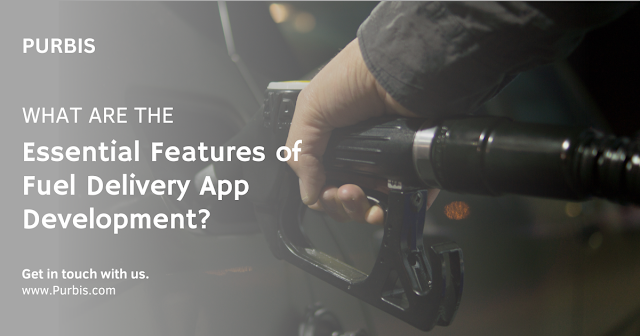On-demand apps have transformed the global delivery industry. With a few clicks of a number on their phones, anyone can now obtain services or order anything. A fuel delivery app offers numerous advantages such as cost-effectiveness, time savings, convenience, eco-friendliness, emergency assistance, and so.
Essential Features You Must Include in Your Fuel Delivery App
Features are an important part of any mobile application because they distinguish it from other apps on the market. The fuel delivery app can include features for the app's various panels, including the customer, and admin panels.
Customer Software
Login & Registration: The registration process should be straightforward and quick. Customers should be able to register using their email, phone number, or social media accounts.
Fuel Delivery Request: The customer specifies the fuel type and quantity, as well as his or her location for on-demand and scheduled deliveries.
Pricing: After selecting the fuel type and quantity, the customer can view the total price of the order.
Payment Integration: The app should be integrated with a standard payment gateway that allows customers to pay using any method they prefer, such as credit cards, online transfers, cash on delivery, and so on.
Tracking in Real-Time: Customers should be able to track their orders in real-time using
Navigation via GPS: This will allow them to determine how long the order will take to arrive at their destination and which route the driver agent will take.
Push Notifications: This help to keep customers engaged and informed about the most recent events related to the service they have ordered. To support the business, it is constantly updated with the most recent sales and promotions.
Admin Panel
Login: The admin can safely log in via the web-based panel.
Dashboard: The data from this web panel will be used by the administrator. Only a few examples include total fuel tankers, total passengers, and total consumers.
Fuel Tankers: In the admin panel, the admin can easily add or update fuel tankers.
Drivers: From the admin screen, the admin will monitor the drivers and their real-time locations on a map.
Customers: In the admin line, the admin can deal with approved customers.
Fuel Pricing: In the admin window, the admin will monitor and change the prices of various fuel categories.
Order History: In the admin panel, the admin can view the previous orders of customers.
Push Notifications: The administrator will be notified of various actions. For example, new driver registration and order charges.
Final Thoughts
Using on-demand services to attract users to your business is a great idea in today's generation, and you should not pass up this opportunity. It is not easy to create an online on-demand fuel delivery app, but with this article as a guide and the help of quality app developers, you can create a fuel delivery app that easily engages your audience try to Get Free Demo

Comments
Post a Comment